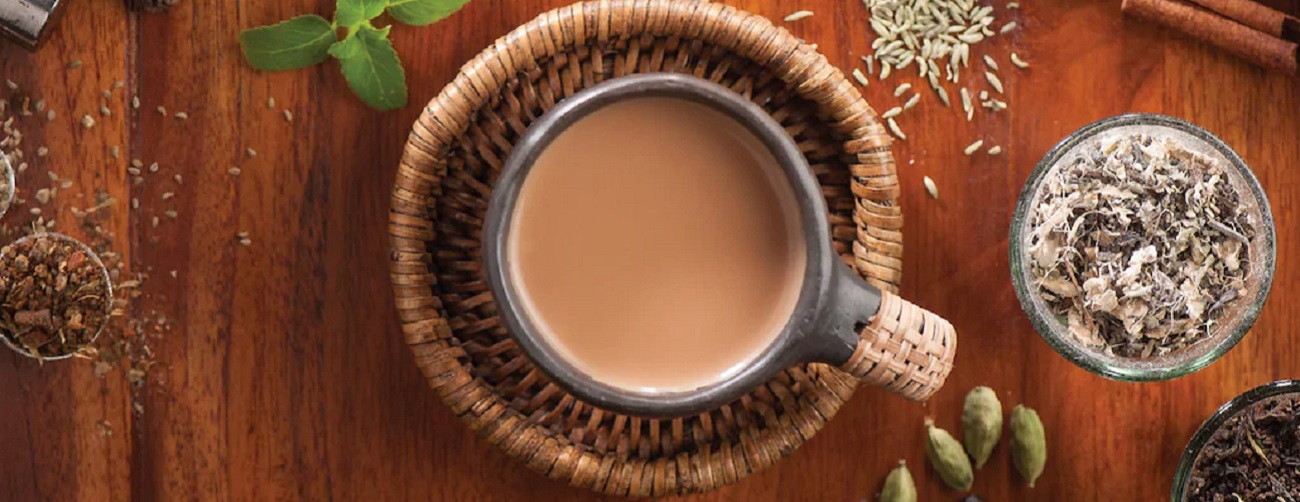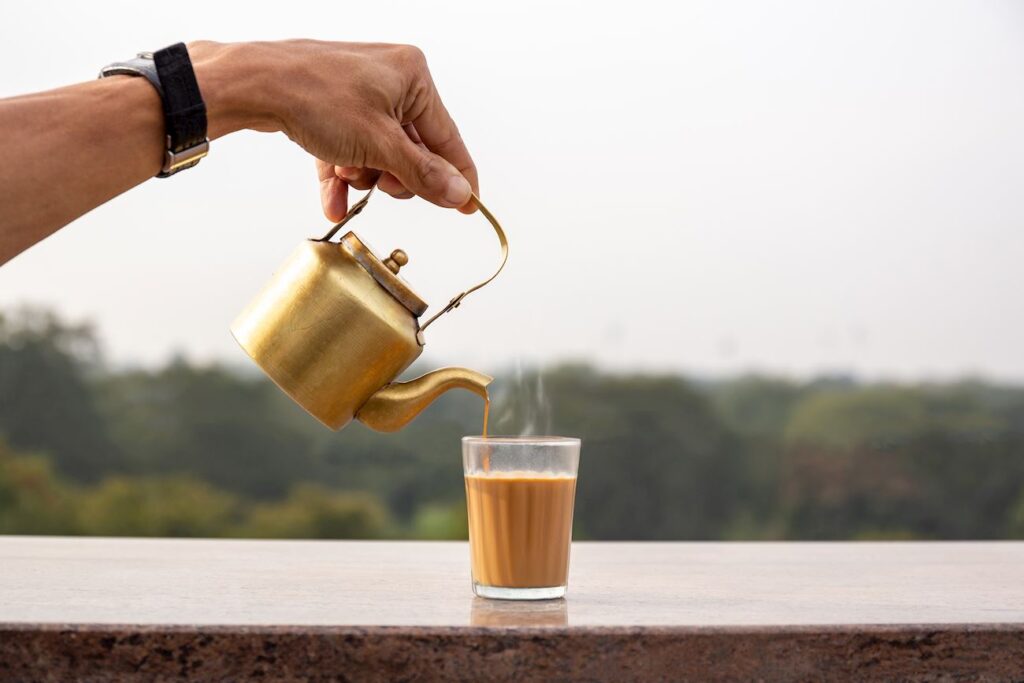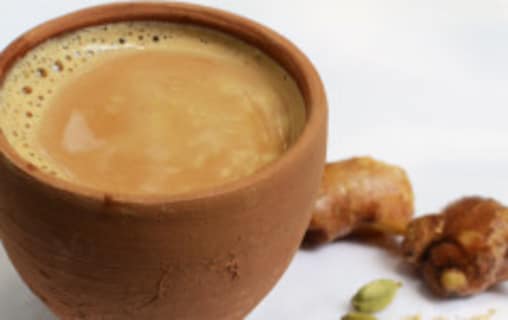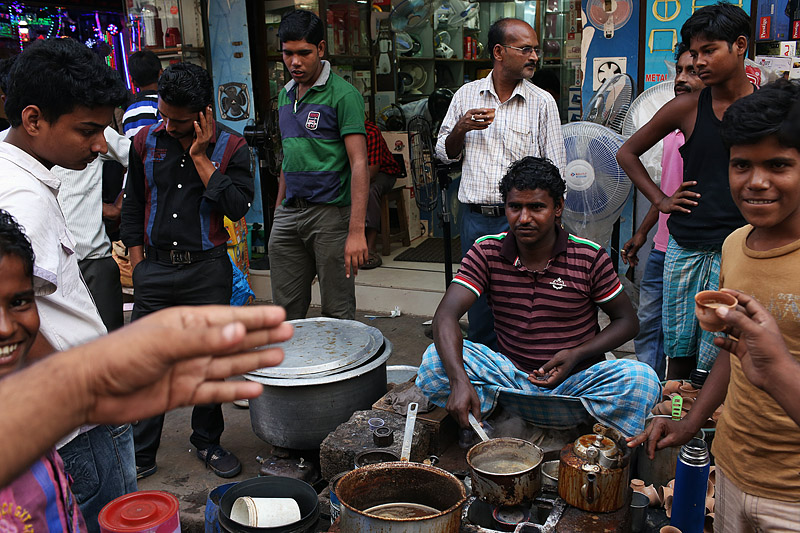Pic Courtesy: Chaayos
Chai is synonymous with the Indic way of life. The history of how Chai (Indian tea) has become an integral part of Indian lifestyle is very interesting.
How did tea come to India?
Tea was introduced formally to Indians by the British and tea plantation in India was initially meant to produce tea for foreign consumers. When the popularity of tea consumption in Britain increased around the turn of the 20th century, the English traders were cautious of having to depend upon China as a sole supplier. They started looking for alternative supply sources. So British East India Company (BEIC) started producing tea within the British colonies, including India to have their very own tea source. Tea plantation was first tried out in Assam, were later tested in high-elevation regions of Darjeeling and Kangra. Most of the tea bushes in Darjeeling owe their origin to tea seeds from China imported (some would say ‘smuggled’) out by famous Scot adventurer and botanist Robert Fortune nearly 200 years ago (1851).
The native tea species
In contrary to the history of tea being a foreign crop in India some varieties of tea are native to ancient India. The Singpho tribe, which lives in the areas between Assam and Arunachal Pradesh, had been growing tea and using tea only for their medicinal properties, never as a refreshing beverage. The tribe who are believed to be among India’s first tea drinkers has been drinking tea since the 12th century.
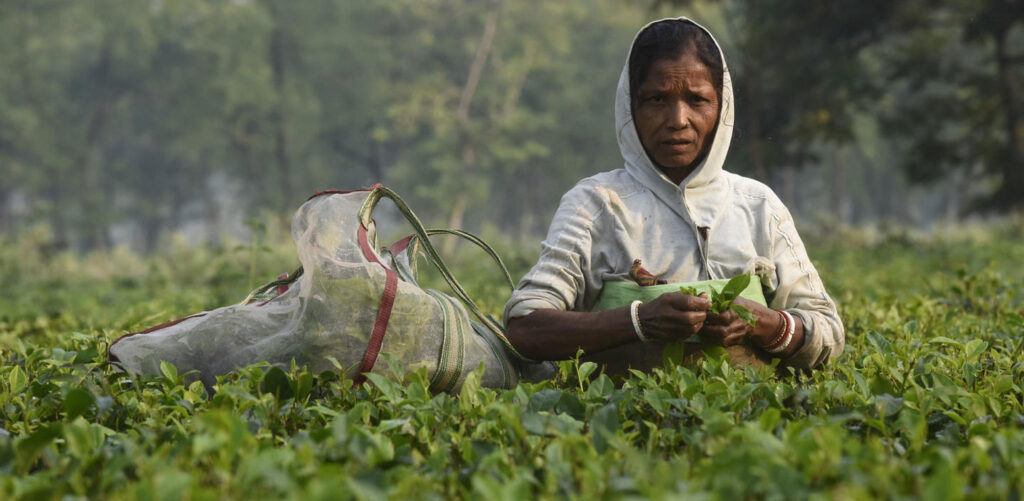
Pic Courtesy: Global Network for the Right to Food and Nutrition
Evolution of tea drinking – How tea becomes the “national drink”
In the early 1900’s, the British-owned Indian Tea Association started aggressive campaigns to popularise tea drinking in India more than just a medicinal beverage to nourish the body or quench one’s thirst. They set up humble roadside tea stalls in cities and towns offering teas and connecting people, factories were encouraged to give chai breaks to their workers. Slowly many gourmet stores started selling and serving fine Indian tea tying families and communities of Indian Society together. In this way Chai which was introduced as an instrument of leadership control of the British has become an essential part of most of the Indian households. We export the tea to our former colonisers!
Styles of Tea Drinking Across India Pic Courtesy: Chai Shai, AtlasMedia Ltd. (EU), AtlasMedia Ltd. (EU), Maciej Dakowicz,
The country is now home to three world-famous tea-growing regions: Assam, Darjeeling, and Nilgiris. India remains one of the largest tea-growing nations and the largest consumer of tea in the world.
Variety of Chai
In India Chai is a simmered infusion of tea and milk. You can often find spices and condiments such as cardamom and ginger in what is popularly known as Masala Chai. Bombay Cutting Chai (served by the half-glass), Kashmiri Kahwa, Tulsi Chai.
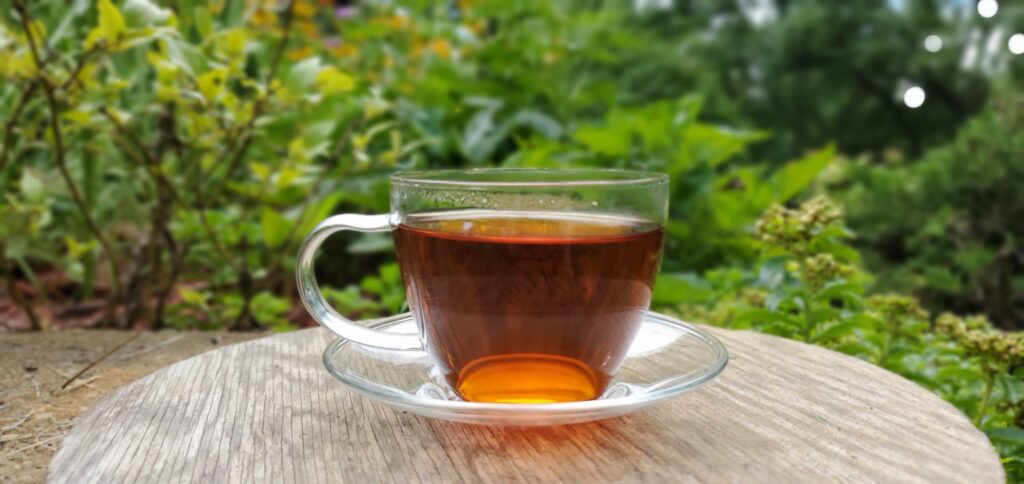
Pic Courtesy: Tea and Me Blog
Brewing technique
Step 1: Heat water to the desired temperature. Ensure the water isn’t boiling as very high temperatures can easily destroy the delicate notes in the tea. Place the tea leaves in an infuser.
Step 2: Pour hot water over the tea leaves until they are submerged.
Step 3: Let it steep for the recommended time. Take care not to over-steep.
Step 4: Remove the tea leaves. Pour the infusion into a cup and enjoy.


